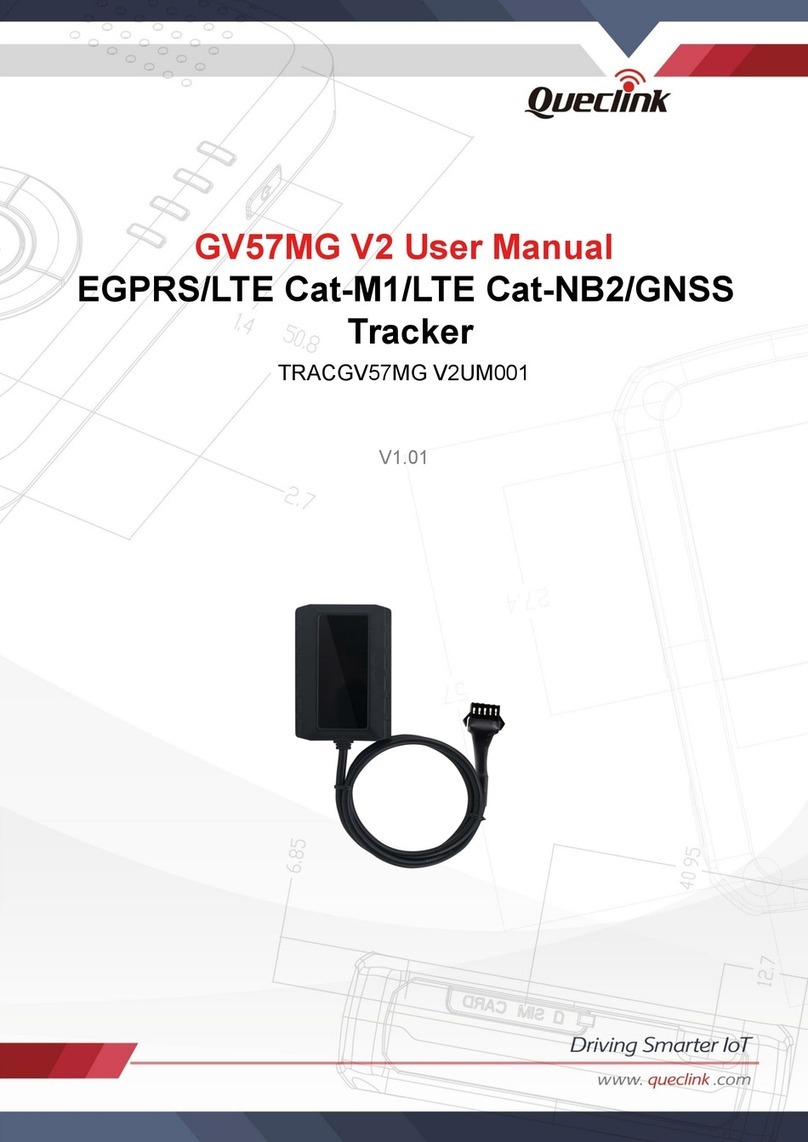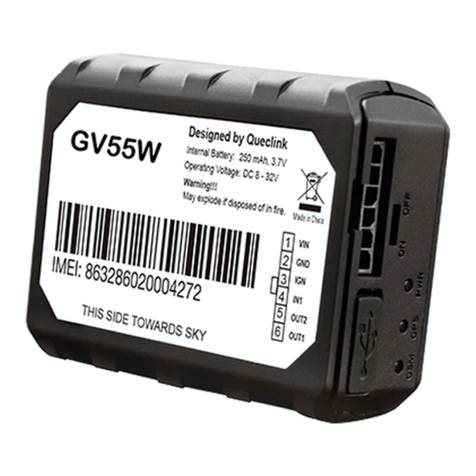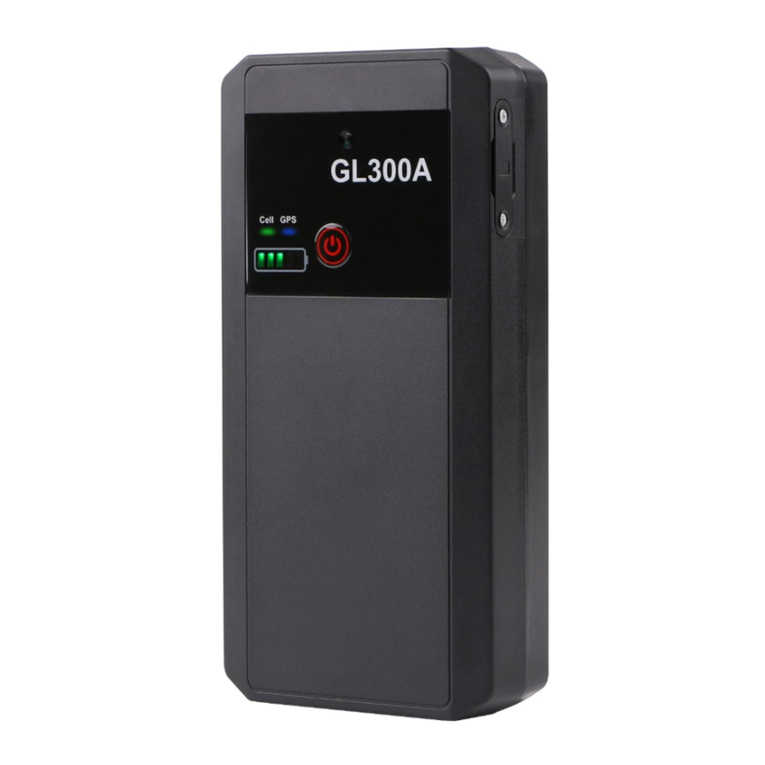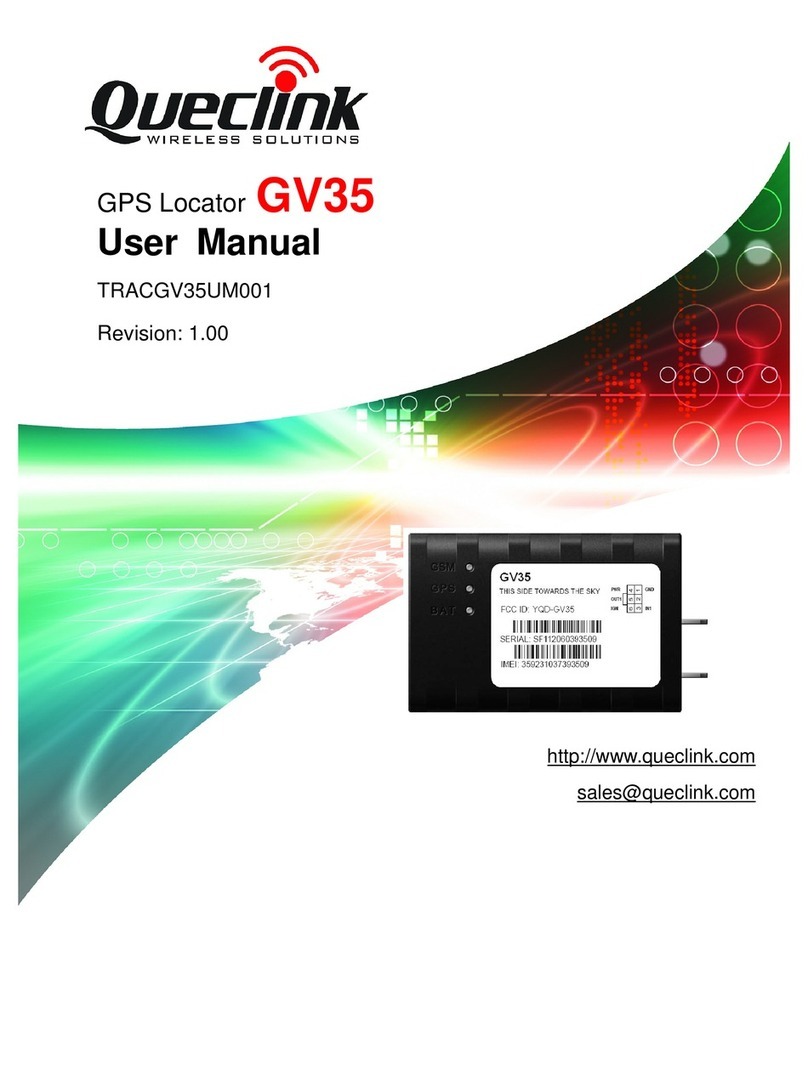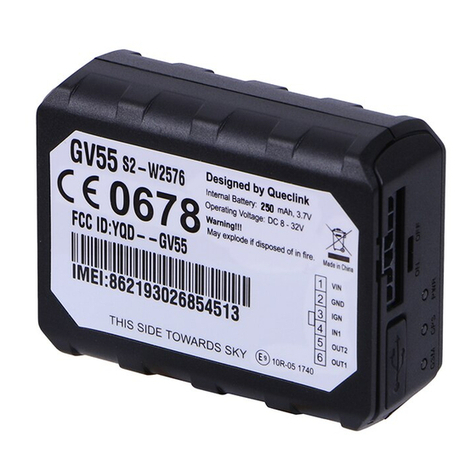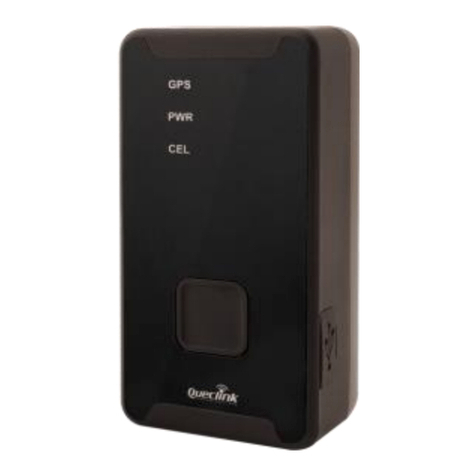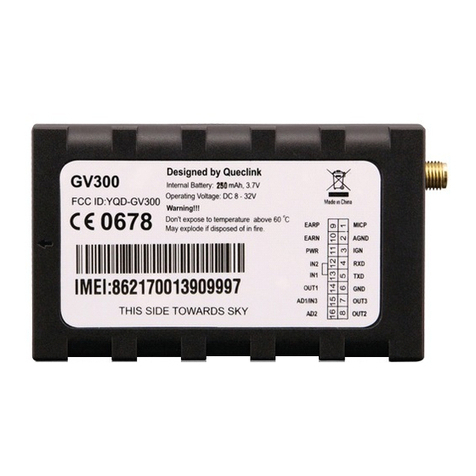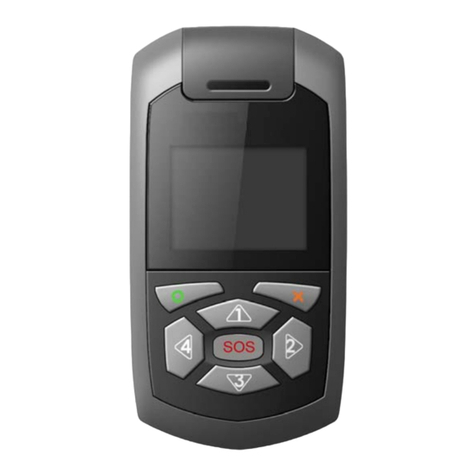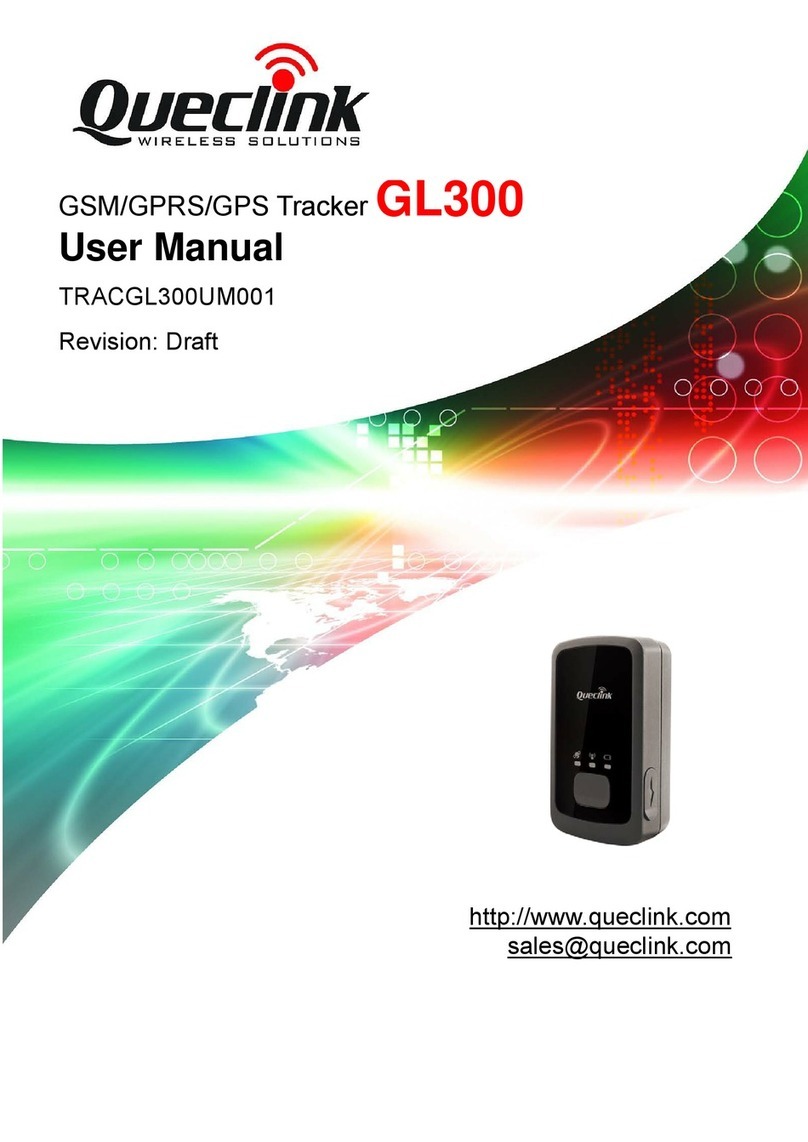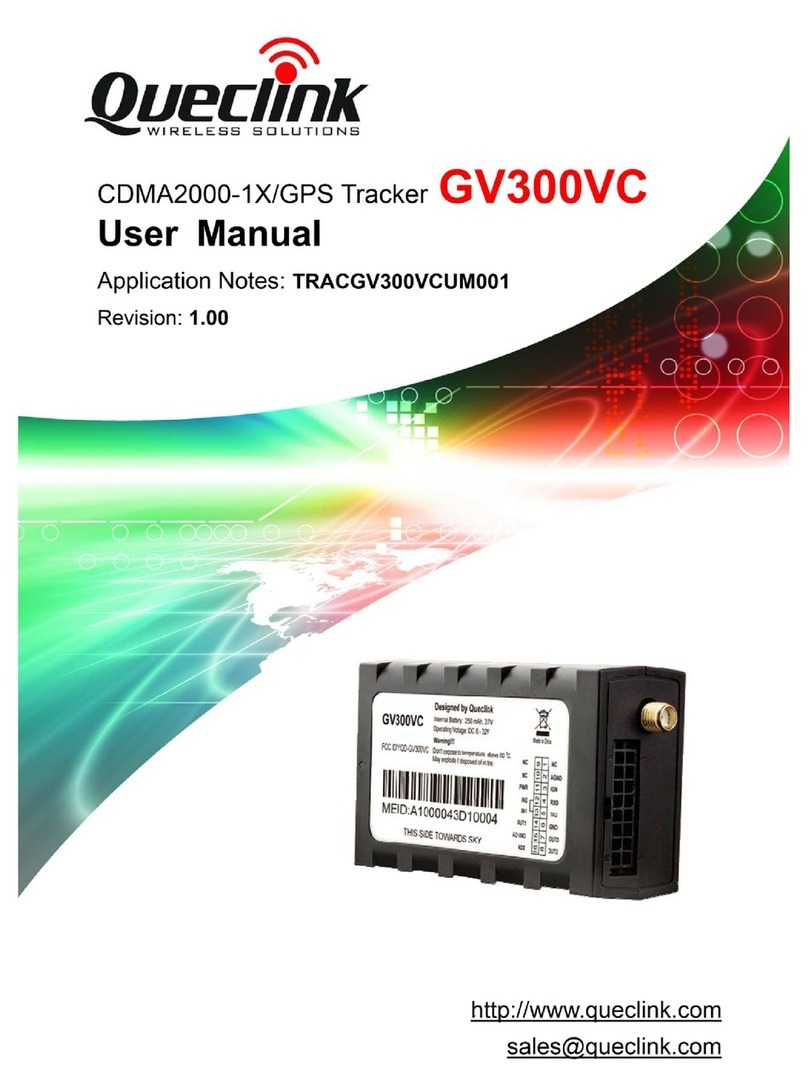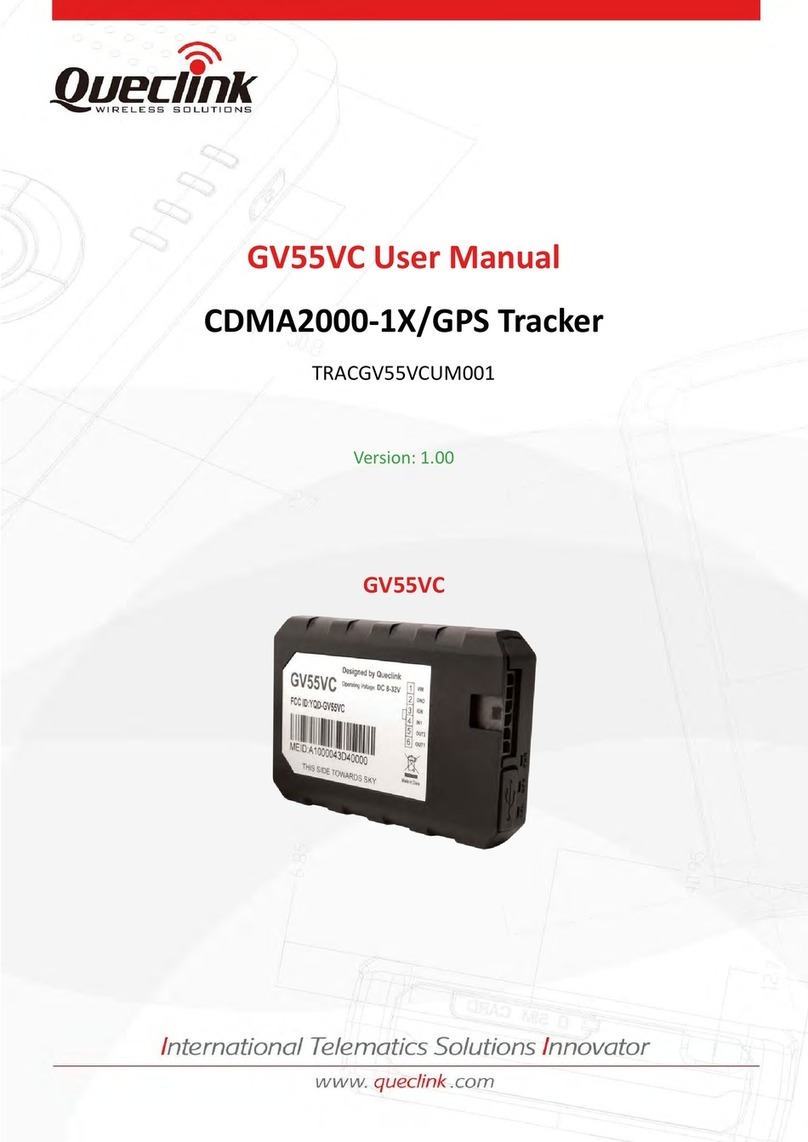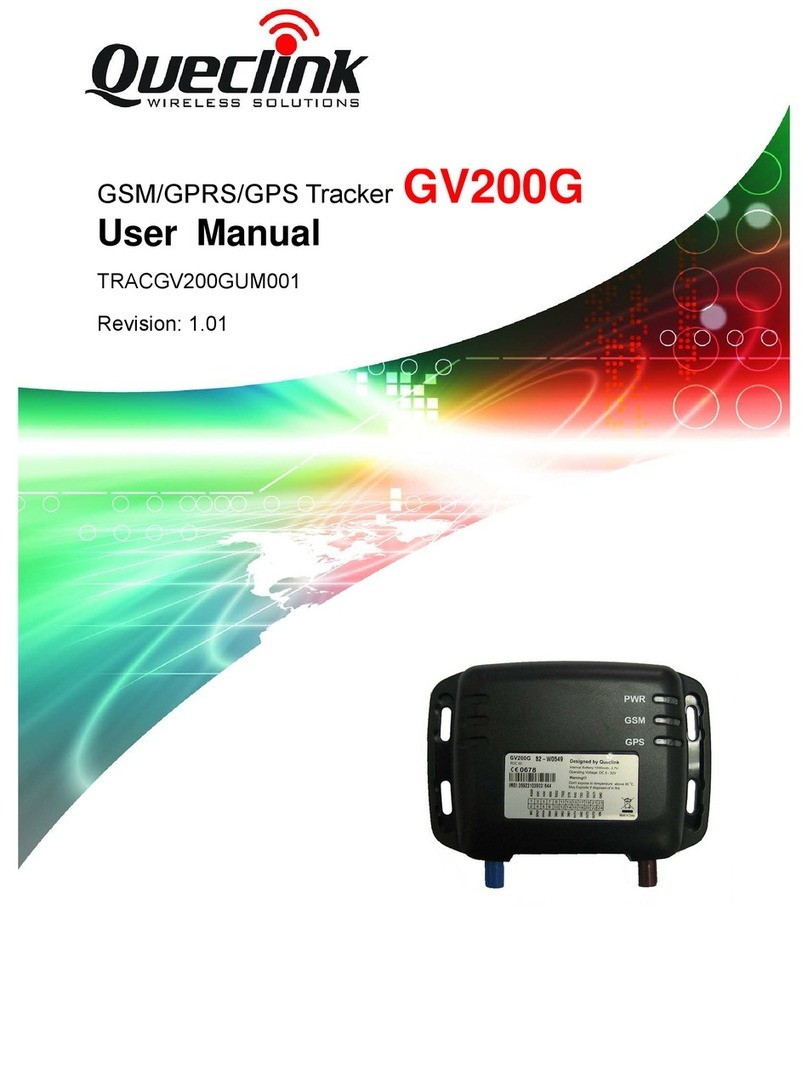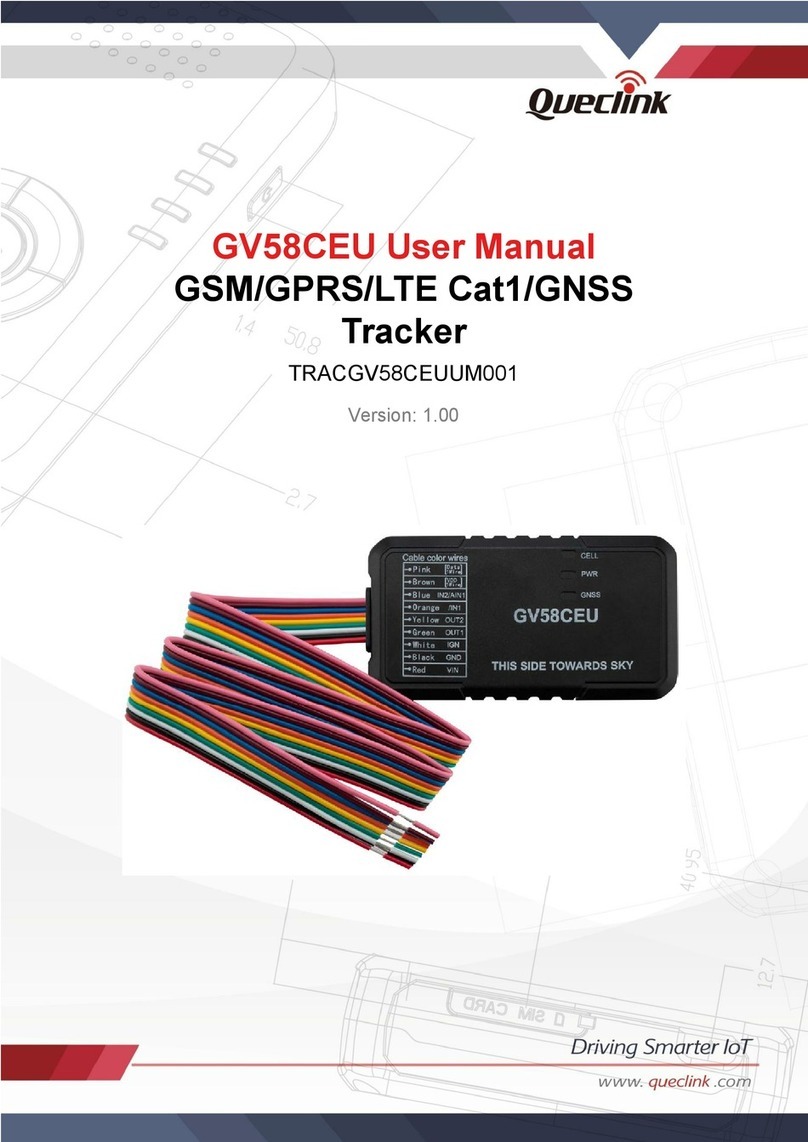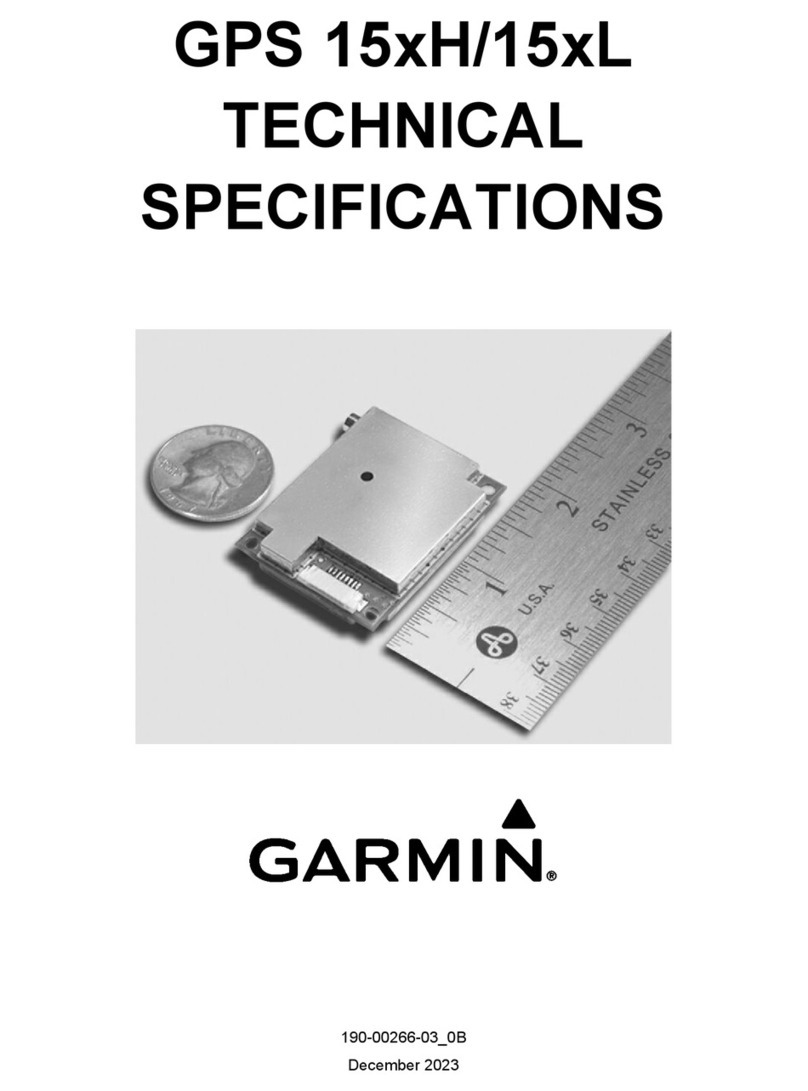
GV300CAU Series User Manual
Contents
0. Revision History.............................................................................................................................1
1. Introduction ..................................................................................................................................2
1.1. GV300CAU Series Products ......................................................................................................2
1.2. Reference.............................................................................................................................2
1.3. Terms and Abbreviations.....................................................................................................3
2. Product Overview..........................................................................................................................4
2.1. Product Appearance............................................................................................................4
2.2. LED Description ...................................................................................................................4
2.3. Parts List ..............................................................................................................................5
3. Interface Definition .......................................................................................................................6
4. GV300CAU Series Device Cable Color ................................................................................................ 8
5. Getting Started ..............................................................................................................................9
5.1. Opening and Closing the Case .............................................................................................9
5.2. Installing a SIM Card............................................................................................................9
5.3. Installing the Internal Backup Battery ...............................................................................10
5.4. Switching on the Backup Battery.......................................................................................10
5.5. Installation of the External GPS Antenna (Optional) .........................................................10
5.6. Power Supply Connection .................................................................................................11
5.7. Ignition Detection..............................................................................................................11
5.8. Digital Inputs .....................................................................................................................11
5.9. Analog Input/Digital out....................................................................................................12
5.10. Digital Outputs.................................................................................................................12
5.11. Serial Port/UART Interface ..............................................................................................14
6. Installation Precautions...............................................................................................................15
7. Troubleshooting and Safety Info .................................................................................................16
7.1. Troubleshooting.................................................................................................................16
7.2. Safety Info..........................................................................................................................16
8. Appendix: Supported Accessories ...............................................................................................17
QSZTRACGV300CUM0101
